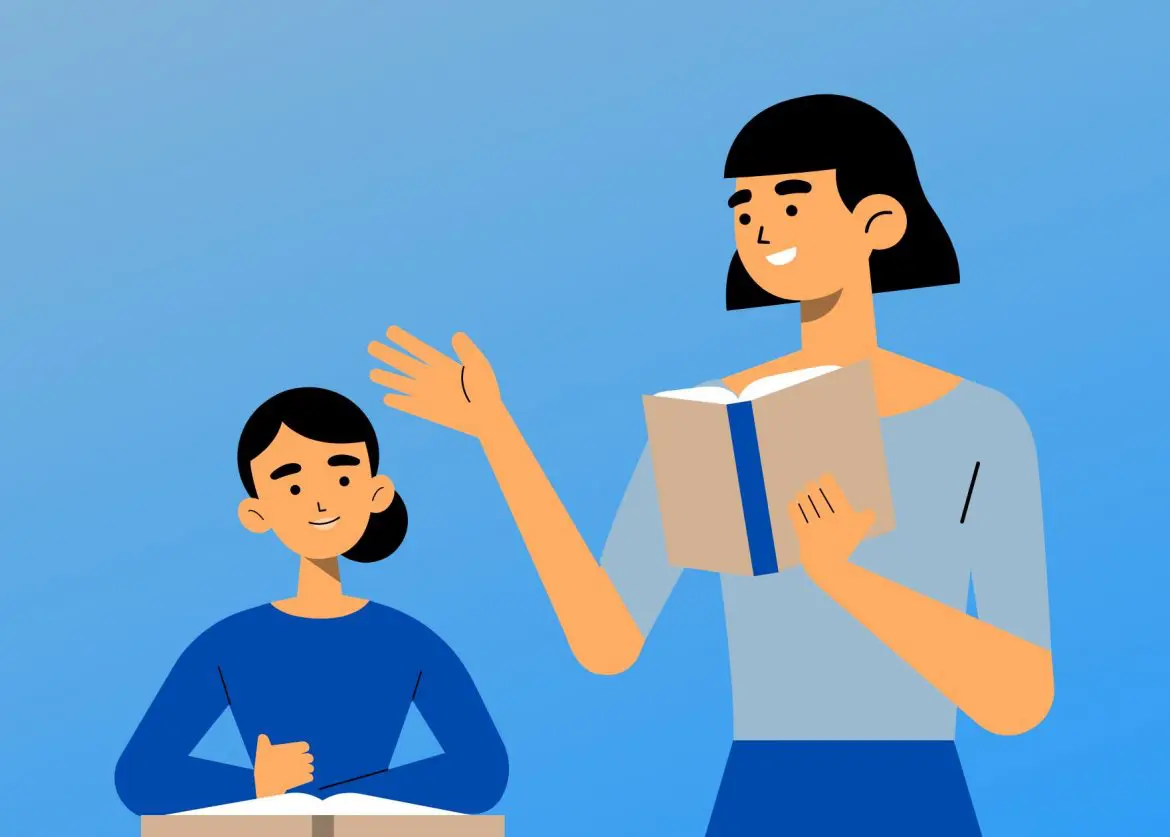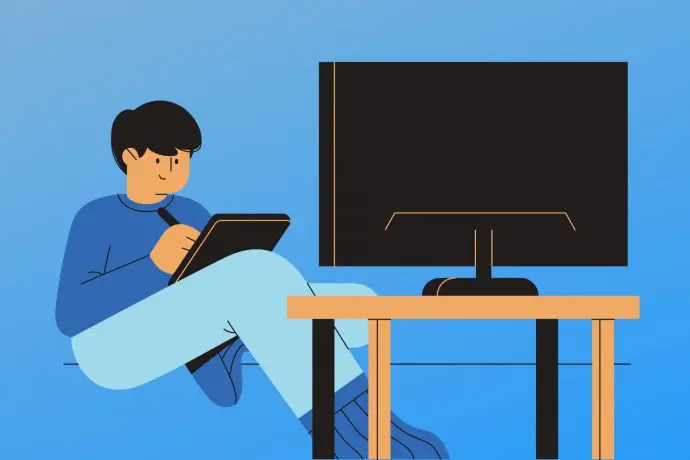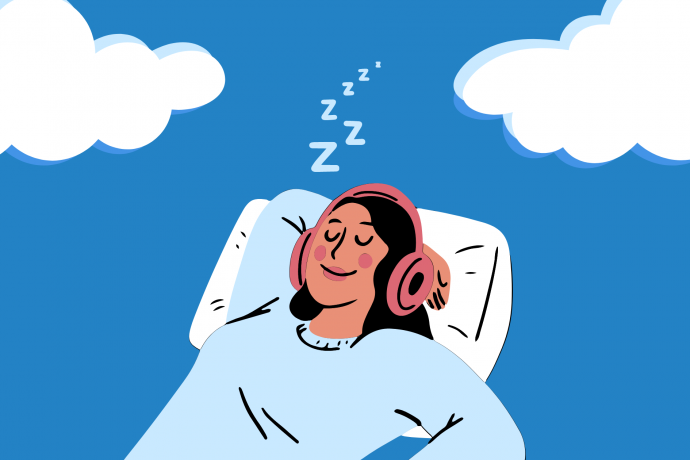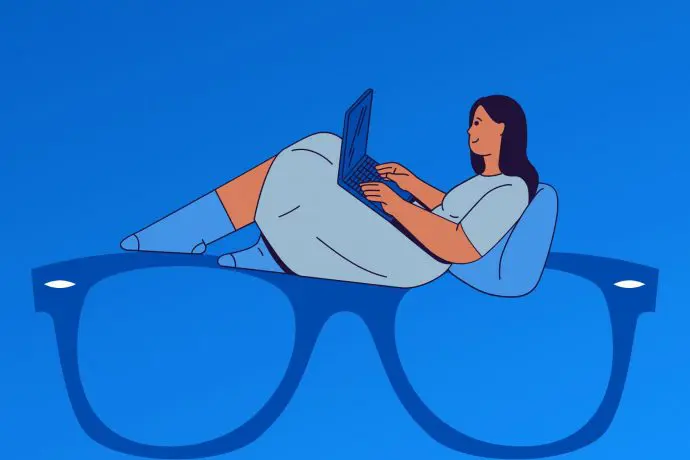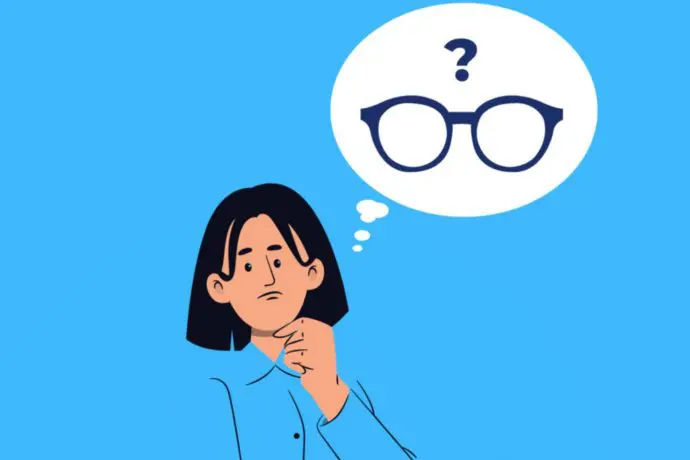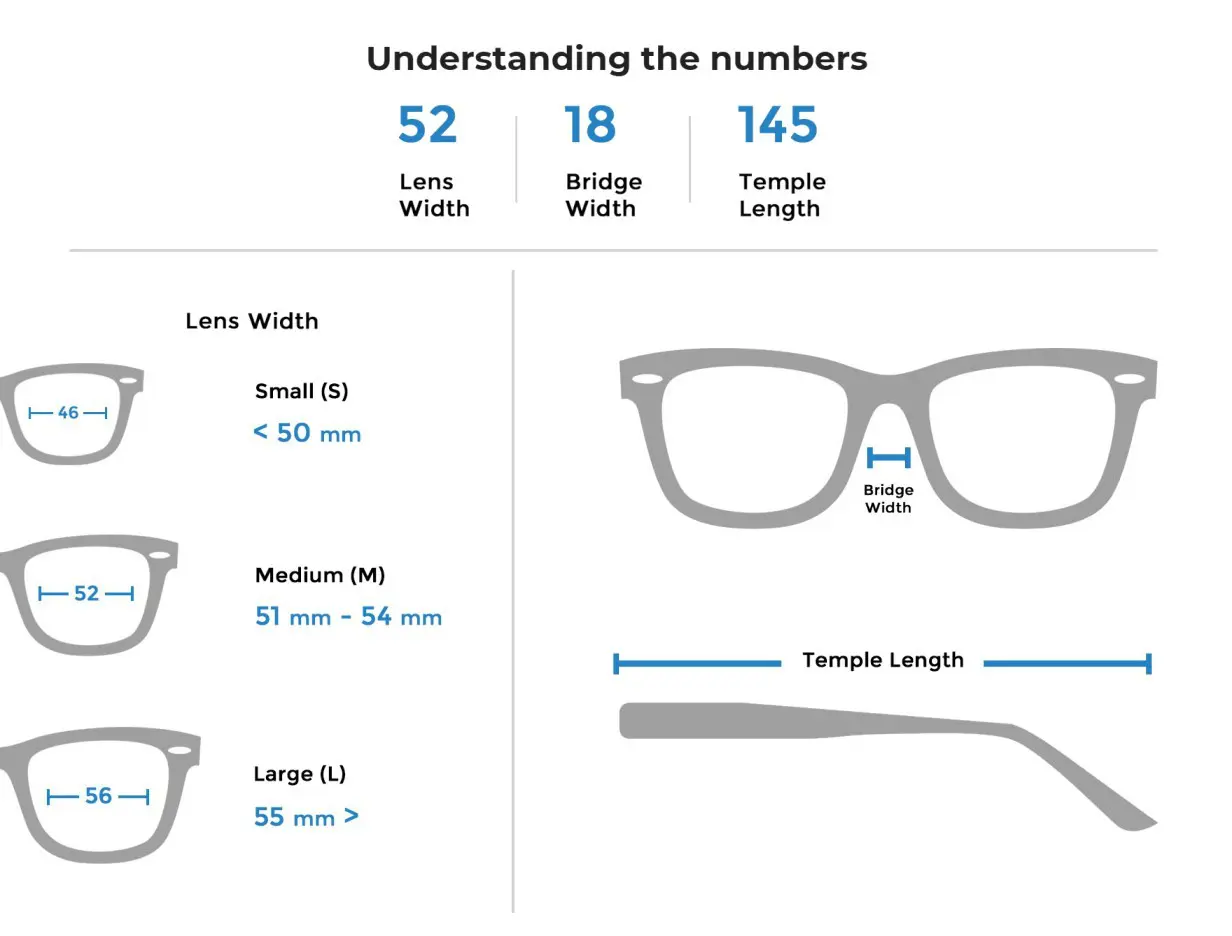How Teachers Can Reduce Eye Strain
If you’re a teacher, you’re already familiar with the use of technology growing in the classroom.
Pre-pandemic, you were probably using the computer to record grades, track student performance, and prepare lesson plans.
But thanks to COVID-19, you might be using the computer more than usual.
All of this screen time can take a toll on your eye health, causing symptoms of digital eye strain like blurred vision, headaches, and even pain in the neck, shoulders, or back.
So what can you do to combat the negative side effects of too much screen time?
Keep reading to find out how teachers can reduce eye strain so that you can continue to give your students the best classroom experience possible!
How Teachers Can Reduce Eye Strain
What is digital eye strain?
Before we dive into how teachers can reduce eye strain, let’s quickly go over what digital eye strain is.
Digital eye strain, also known as computer vision syndrome, is a group of symptoms that occurs when your eyes get tired from intense use. This type of eye strain typically occurs after looking at digital screens, reading, or even driving for long periods.
Some of the most common eye strain symptoms include itchy or watery eyes, headaches, neck pain, dry eyes, blurred vision, eye fatigue, and general discomfort.
Digital eye strain is not a permanent condition and usually only lasts up to thirty minutes, depending on each situation.
However, the long-term effects of digital eye strain can be detrimental to your overall health and well-being. Studies have shown that too much screen time can impair the quality of your sleep, which can contribute to issues like memory loss, insomnia, and even more serious health conditions like heart failure or stroke.
Now that you know what eye strain is and what it can do to your body, let’s cover the methods you can use to protect yourself from its negative effects.
How Teachers Can Reduce Eye Strain
Practice the 20-20-20 Method
The 20-20-20 method is an exercise that many experts consider to be extremely effective in keeping your eyes happy and healthy while working on a computer.
For every 20 minutes you spend looking at a digital screen, look at something 20 feet away from you for at least 20 seconds. This gives your eyes a chance to completely relax. While you are taking a break from your computer, it’s also a good idea to grab a glass of water to ensure that your body stays hydrated (this will also prevent your eyes from drying out as well).
Limit Your Screen Time
It is far too often that we finish the workday on our computers and come home to watch Netflix, scroll through social media on our phones, or play video games.
If you can, it’s a good idea to try and limit your screen time.
When your workday is finished, choose activities that do not involve digital screens or electronic devices. You might decide to go for a walk, attend an exercise class, go shopping, cook a meal, or read a book.
It is also helpful to avoid using screens at least one hour before bedtime to ensure a good night’s sleep.
Adjust Your Work Environment
Sometimes, adjusting the lighting around your screen can be beneficial to keeping your eyes healthy. Try to adjust your computer screen, turn off any unneeded lamps, or close the curtains to prevent glare.
If you are in a typically dry room, you might want to consider getting a humidifier to keep the air moist. Try to position air conditioning, heaters, and fans to blow away from your face. You can also use an over-the-counter tear lubricant to help prevent dry eyes.
Wear Blue Light Glasses
This method is perhaps the simplest way to protect your eyes from the negative effects of extended screen time.
While you’re working, it can be easy to forget to practice the 20-20-20 method. At the same time, adjusting your work environment or limiting your screen time aren’t always the most ideal options.
For these reasons, we recommend wearing blue light glasses. Blue light glasses are glasses made with special lenses that absorb or block out blue light before it reaches your eyes. Blue light glasses can help reduce glare and potential damage to your eyes caused by prolonged exposure to blue light.
Final Thoughts: How Teachers Can Reduce Eye Strain
There are many ways for teachers to reduce eye strain. From practicing the 20-20-20 method to wearing blue light glasses, teachers can protect their eye health by making a few simple lifestyle changes.
For the best results, we recommend implementing a combination of these tips into your daily routine. However, the best method for continuous protection (that doesn’t require any major changes) is to wear blue light glasses.
Our team at bluwinx believes that you have the right to a good night’s sleep. That’s why we offer fashionable frames with bwgf Lens technology that provides unsurpassed protection against harmful blue-violet light.
If you are interested in learning more about blue light, visit our blog, and read more about blue light and sleep-related topics.
If you have any additional questions, don’t hesitate to reach out – email us at help@bluwinx.com!

